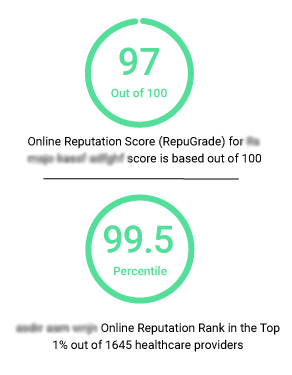The Power of On-Site Push Marketing
Visitors who has arrived at your site, like what they see, and go to your shopping cart to make a purchase are much like patrons at a restaurant who have perused the menu and have decided on what they want to order for dinner. While the order is being placed the restaurant's waiter or waitress usually plays one of two roles; that of an order taker or that of someone who is trying to enhance the experience of the diner by suggesting appetizers, side dishes, and/or a bottle of wine to complement the main dish. This activity continues after the meal is finished with dessert, coffee, and after dinner drink suggestions. Done properly, the patrons of the restaurant don't feel like they are being ''sold" into buying anything. The feeling is that their server is genuinely interested in making their experience as positive as possible. Needless to say, these subtle suggestions result in bigger tabs and bigger revenues for a restaurant, especially when practiced on a consistent basis.
This type of activity, known as ''push marketing", should be taking place on your website as well. What this means is that instead of playing the role of order taker, your site should be suggesting additional products which are closely related to the product or service being purchased. The timing of these suggestions is critical and should take place when your customer is taking an action such as making a purchase, leaving contact details, or signing up to receive information from you. Amazon conducts this type push marketing when someone buys a book with their ''Customers who bought this item also bought..." list of books by either the same author or with similar themes.
Websites which offer these types of upsells through their push marketing efforts generally see increases in their average per-transaction amount of 15 to 30 percent. It's a significant increase, made easier by the fact that the additional sales are being generated by customers who were already in the process of making a purchase. If you're not already offering upsells, here are a few tips to keep in mind:
- The cost of the additional item being suggested should be less than the cost of the item being purchased. Test for upsells at approximately 20% of the value of the initial purchase and make adjustments based on your level of success.
- Don't go crazy with it. Suggesting upsells on every item can confuse the buyer so start slowly with a couple of items on a few of your most popular products.
- The upsell suggestions should be highly relevant to the primary item being purchased. Do some testing, make adjustments, and expand your upsell offering once it's warranted.
It's likely that the shopping cart on your site has the capability for upsells. Start slow, test for results, and make changes accordingly. Stay with the process and you should see a gradual increase in your average transaction size, much like dinner tabs with an additional bottle of wine or two.
Comments are closed

